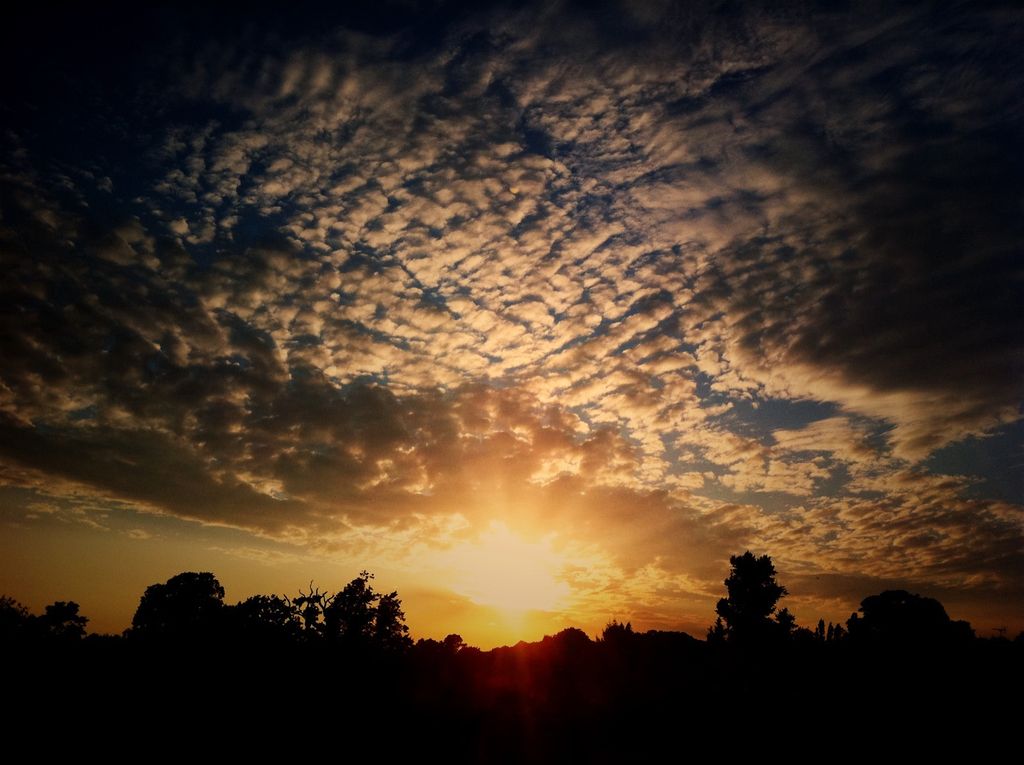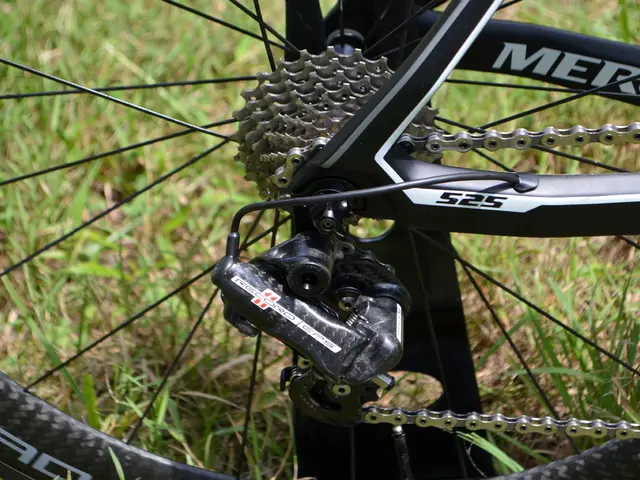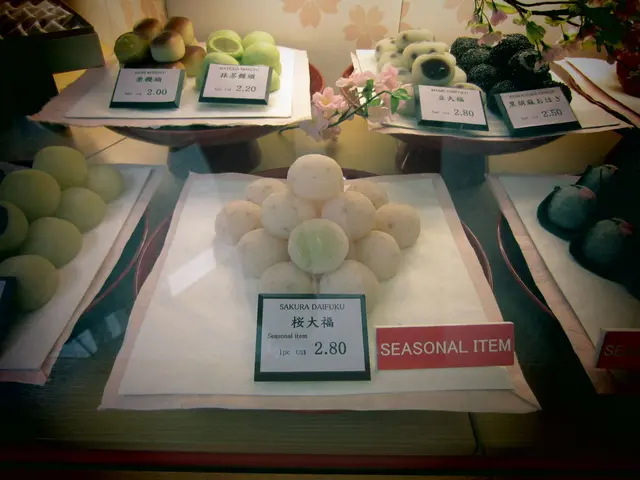Utility of Banana Peels in Gardening
Utilizing Banana Peels in Your Garden for Growth Enhancement: Top 3 Techniques Suggested by Garden Professionals
Bananas, a popular pantry essential, often leave us with their peels after consumption. But, instead of discarding these peels, turn them into gardening gold! Here's the lowdown on using banana peels in your garden:
- Banana Peel Compost
Composting is an easy and eco-friendly way to put banana peels to use. Not only will it help reduce waste, but it also enhances your compost pile and speeds up decomposition.
- Step 1: Gather your banana peels and include them in your compost bin alongside other organic waste materials, such as leaves and vegetable scraps.
- Step 2: Ensure a good balance between green (nitrogen-rich) and brown (carbon-rich) materials in your bin.
- Step 3: Allow the mixture to break down gradually, creating a nutrient-rich compost that can be used to enrich your garden soil.
- Buried Banana Peels
If composting feels like too much work, you can still utilize banana peels as fertilizer.
- Step 1: Chop the peels into smaller pieces for easier decomposition.
- Step 2: Bury the chopped peels a few inches beneath the soil near plants in need of potassium, like tomatoes and roses.
- Step 3: As the peels decompose, they'll gradually release nutrients to the surrounding soil.
- Banana Tea Fertilizer
Don't want to compost or bury your peels? Try making banana tea fertilizer!
- Step 1: Fill a jar with water, add some chopped banana peels, and let it steep for a few days to allow the nutrients to leach from the peels into the water.
- Step 2: Once ready, strain the liquid and discard the peels.
- Step 3: Use the banana tea as a fertilizer by watering your plants with it. This instant fortification is perfect for plants like tomatoes, roses, and peppers.
FAQs
Q: Can I just throw banana peels into my garden?
While banana peels can certainly be added to the garden, it's best to chop them up first. Whole peels may take longer to decompose and could potentially attract pests. A better approach would be to include the peels in your compost pile or bury them beneath the soil.
Q: What are the disadvantages of using banana peels as fertilizer?
Banana peels provide a wealth of nutrients, but they should be used in moderation to maintain the balance within the soil. Overuse can lead to a lack of nitrogen in the soil, and attract unwanted pests like rats or flies.
Q: Which plants like banana peels?
Plants that fruit or flower, such as tomatoes, roses, or peppers, benefit from the potassium boost that banana peels provide. When using banana peels, aim to distribute them evenly throughout the garden rather than focusing on a single spot. And as a reminder, be sure to chop them up first for optimal decomposition and usage!
Incorporating banana peels into your home-and-garden lifestyle can enhance sustainable living. Use them in various gardening methods such as composting, burying them directly in the soil, or making banana tea fertilizer for a nutrient-rich boost for home-grown plants like tomatoes, roses, and peppers. However, it's essential to chop the peels up first to facilitate quicker decomposition and prevent potential pest attraction. Overuse of banana peels in gardening may lead to an imbalance in soil nutrients, so moderation is key.








